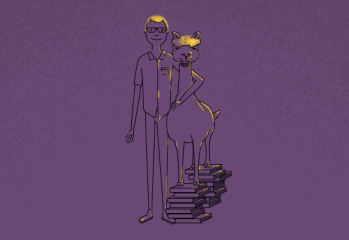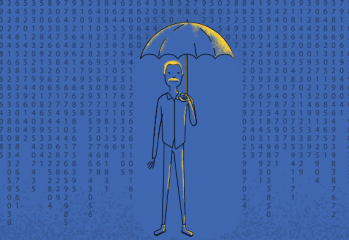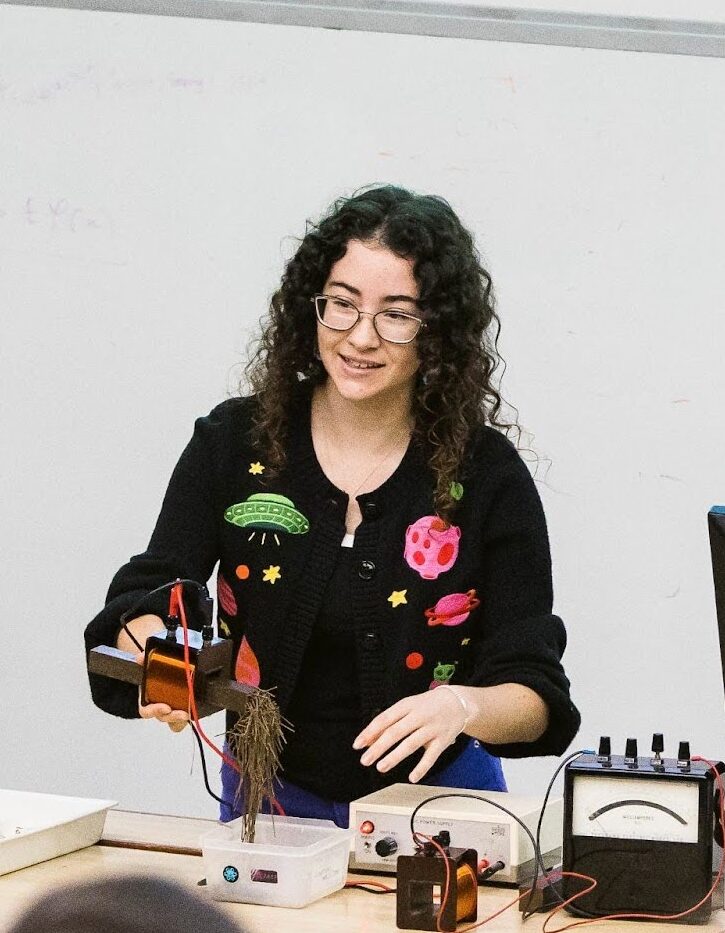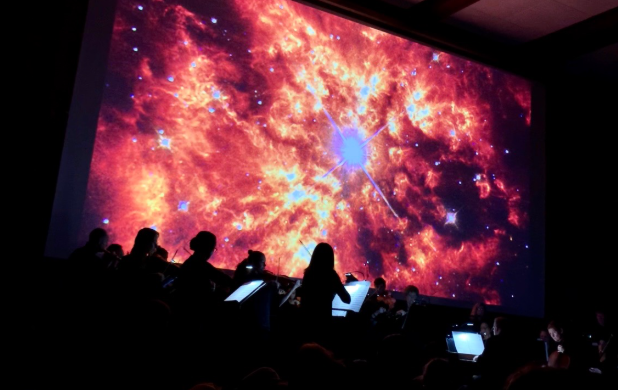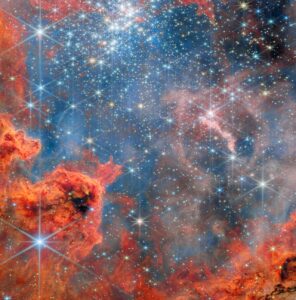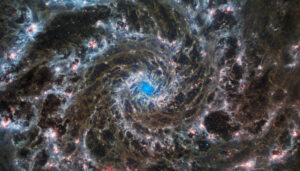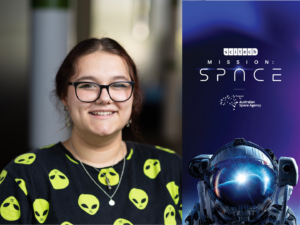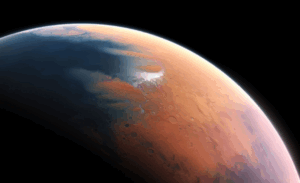Sitting in a theatre chair, baroque music ringing through your ears, NASA footage moving with the music might not be the first thing that comes to mind when you hear ‘science show’.
Held at the Koorliny Arts Centre, the multi-sensory experience Space Music is supported by a narration from planetary geologist Dr Antony Brian, who has investigated volcanoes on Venus.
Let’s talk about science
Emma Del Pino is the coordinator of the Koorliny Arts Centre and says the event is targeting young families.
Supported by a grant from Inspiring WA, the event aims to “spark the curiosity of young people in a really interesting way with regards to STEM”, Emma says.
To do this, she wants to “show the fun and arty side that can be woven into science as well”.
The show connects the science of space with visual storytelling and immersive music.
Dr Brian will take questions from the audience after each show to deepen the audience’s engagement.
The hope is that the event can promote science as fun and accessible.
Caption: Dr Antony Brian will be presenting at the event.
Credit: Supplied Emma Del Pino
It’s everywhere
Hosting a science show at an arts centre might seem unusual.
“Science is a bit like art. It cuts across everything, even if you don’t realise it,” Emma says.
“Art is what keeps people motivated and happy.”
She’s interested in exploring art that has additional messaging or educational benefits. Enter Space Music.
Art in science or science in art?
Art to explain science is an increasingly popular method of science communication.
Art is really good at evoking emotions and stimulating creativity. When science is told through art, it can have deeper engagement and a bigger impact.
“We thought this [event] would be a really great way to show people how art and culture and science can work really well together,” Emma says.
The arts centre regulars will be exposed to science that they may not have previously been interested in. The opposite is also true.
“We might get people into the arts centre that have never been here before, but they come in because they love science,” Emma says.
Blending science and art in a multi-sensory experience is a creative way of engaging audiences in science and contributes to the multitude of events occurring during National Science Week.
Space Music will be in Kwinana on 16 August.
